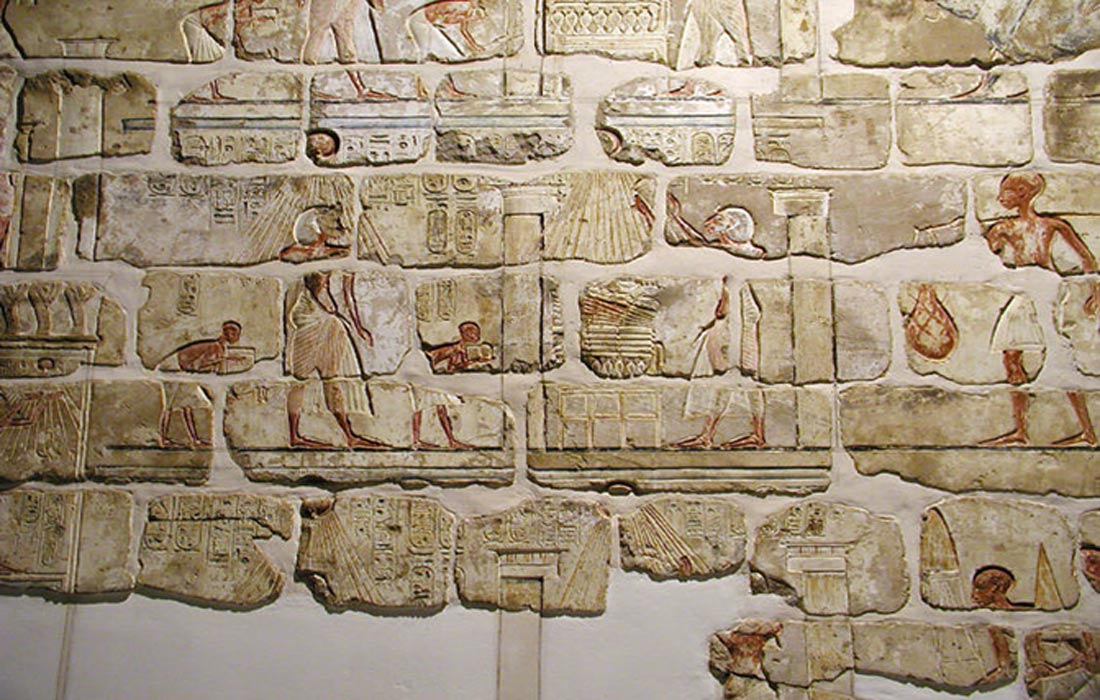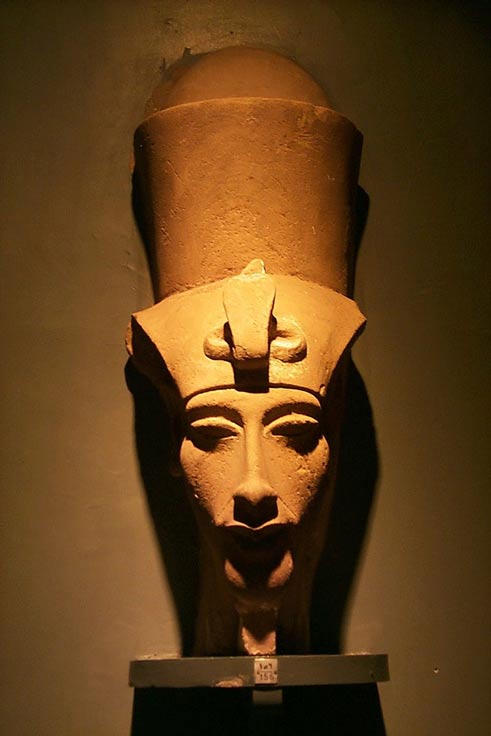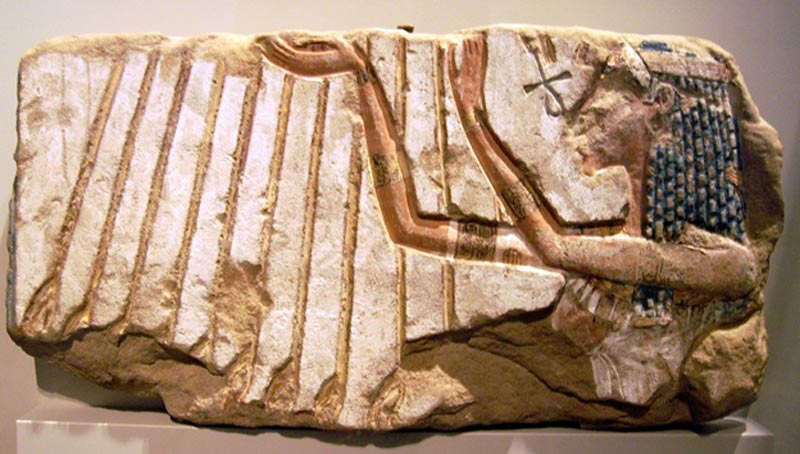
Discovery of the Talatat: Akhenaten’s Preserved Stone Diaries
The illustrious Eighteenth Dynasty burst onto the vibrant stage of ancient Egyptian history with great import, for it emerged following the expulsion of the reviled Hyksos (Second Intermediate Period). Successive pharaohs left no stone unturned to celebrate that unique victory which had enabled them to break the shackles of foreign domination and lay the foundations for the New Kingdom (circa 1550 BC). The state god Amun (the Hidden One) was heralded for granting Egypt success in its arduous mission.
By the time Pharaoh Amenhotep III (also known as The Magnificent) “joined the gods” in Regnal Year 38, Egypt was at the zenith of her imperial splendor. Internal administration was sound, the wealth of the world poured into the coffers, and international relations flourished. The country was now an empire of opulence.
The death of Amenhotep III at the height of this Golden Age brought his second son Amenhotep IV (r. 1353-1336 BCE) to the throne of Egypt. His ascent to high office was courtesy a stroke of sheer luck – the premature demise of his elder brother and heir apparent, crown prince Thutmose. Some Egyptologists, such as Dr. Nicholas Reeves, suggest a brief co-regency between Amenhotep IV and his illustrious father. Nevertheless, for a time the transition of power seemed to have gone off smoothly and all seemed well with the new disposition.
The gods were accorded their rightful place, and Ma’at, or cosmic order that affects human life, preserved as it had been from time immemorial. But discontent brewed just below the idyllic surface.

A Bust of Amenhotep IV/Akhenaten in the Luxor Museum, Egypt. (CC BY 2.0)
During his reign as sole pharaoh, Amenhotep IV, ably assisted by Nefertiti, the fabled beauty and Great Royal Wife, embarked on a daring enterprise that condemned the pantheon of gods to virtual obscurity, while promoting a single deity, the Aten. These cataclysmic changes that were launched in the imperial capital Thebes and later nurtured in the new city Akhetaten (‘Horizon of the Aten’, modern Tell el-Amarna in Middle Egypt) resulted in disastrous consequences that pushed religion and statecraft in Egypt to the very edge. Nothing like it had ever been witnessed before, and it left the entire nation pulverized.

Relief of Nefertiti adoring Aten - Ägyptisches Museum Berlin. (CC BY-SA 3.0)
In a single stroke Amenhotep IV had overturned centuries of beliefs. The massive changes that were introduced in religion, art, literature, philosophy, and even the very way of life in that epoch sent shockwaves that reverberated for generations thereafter.





